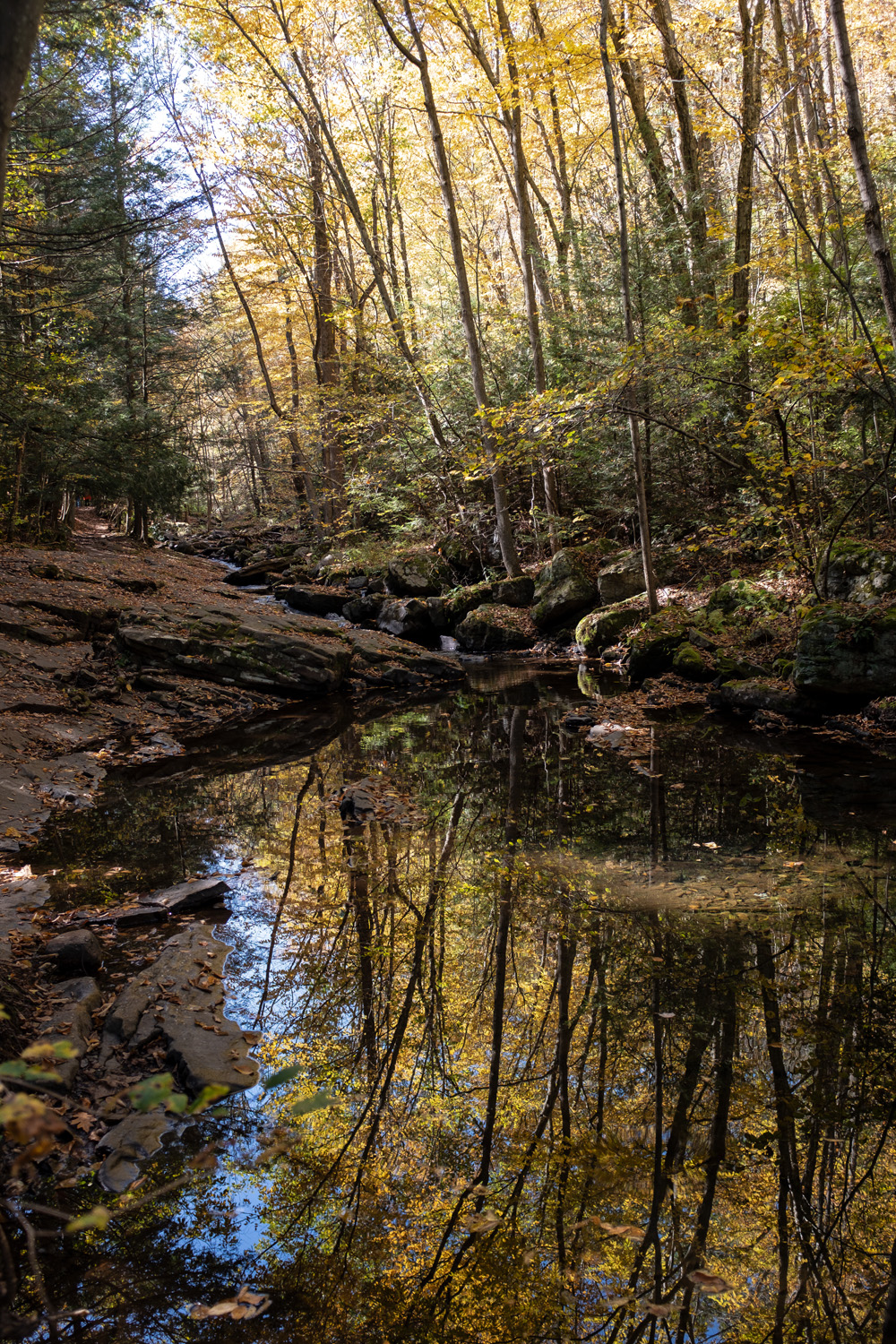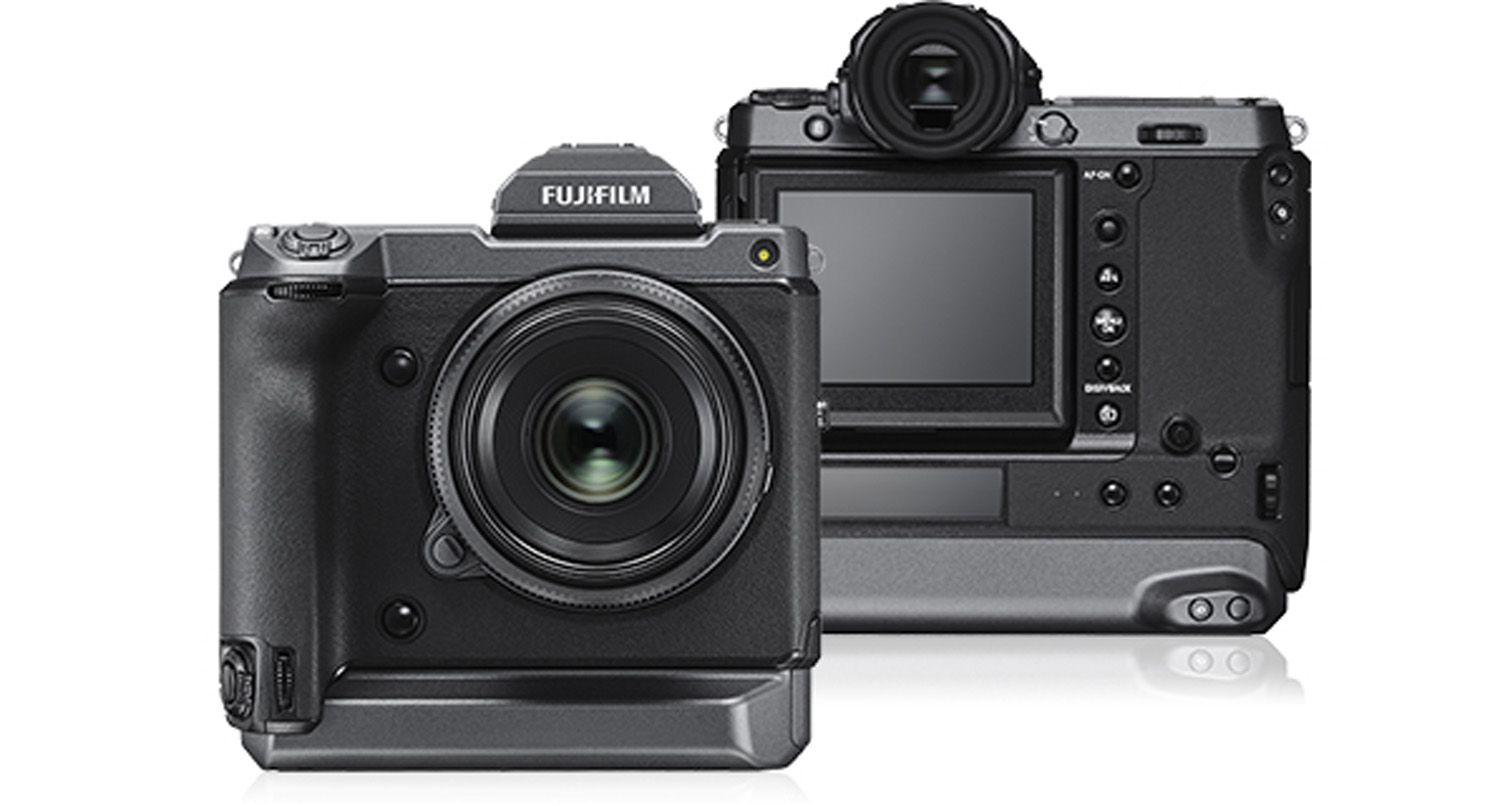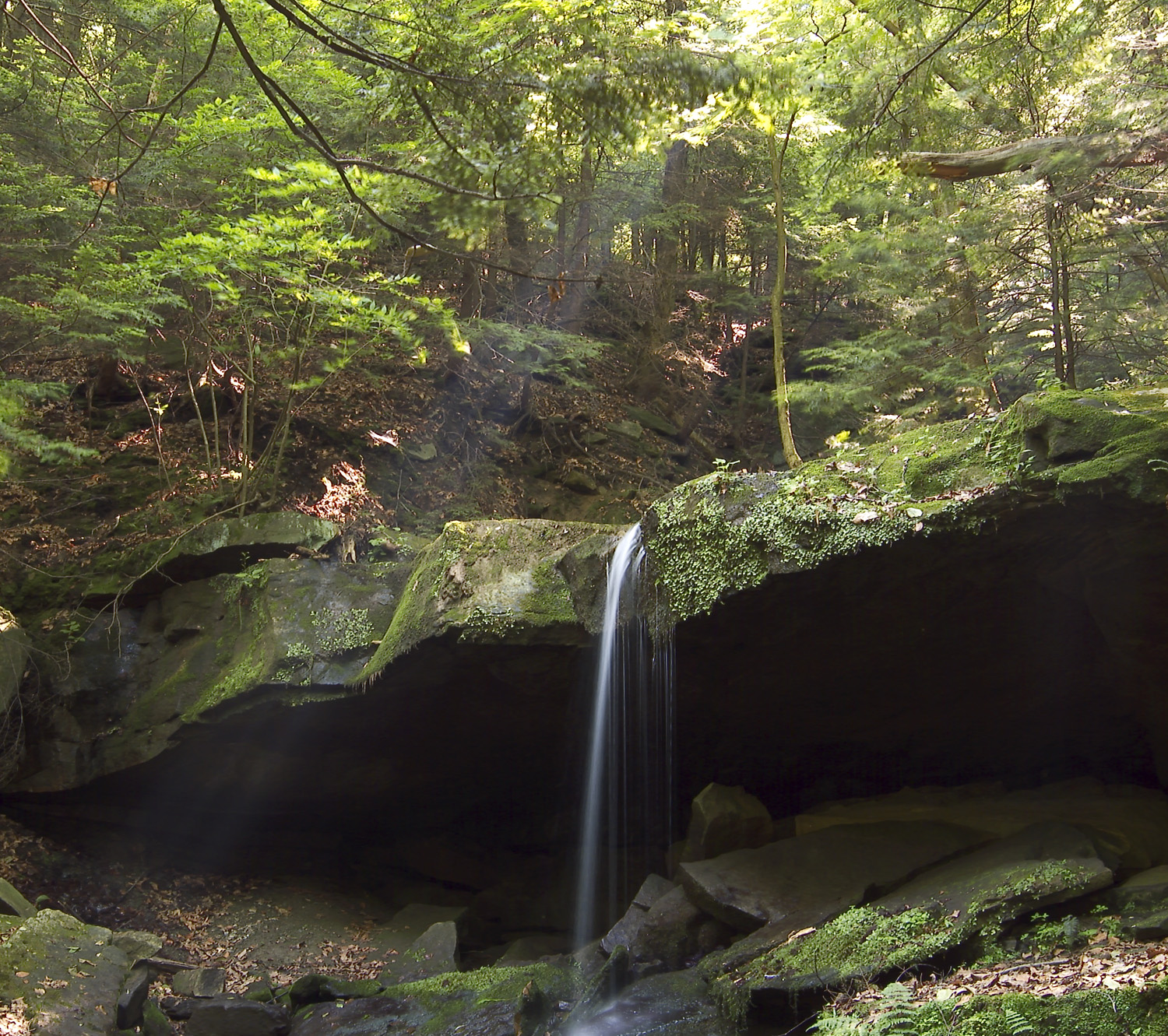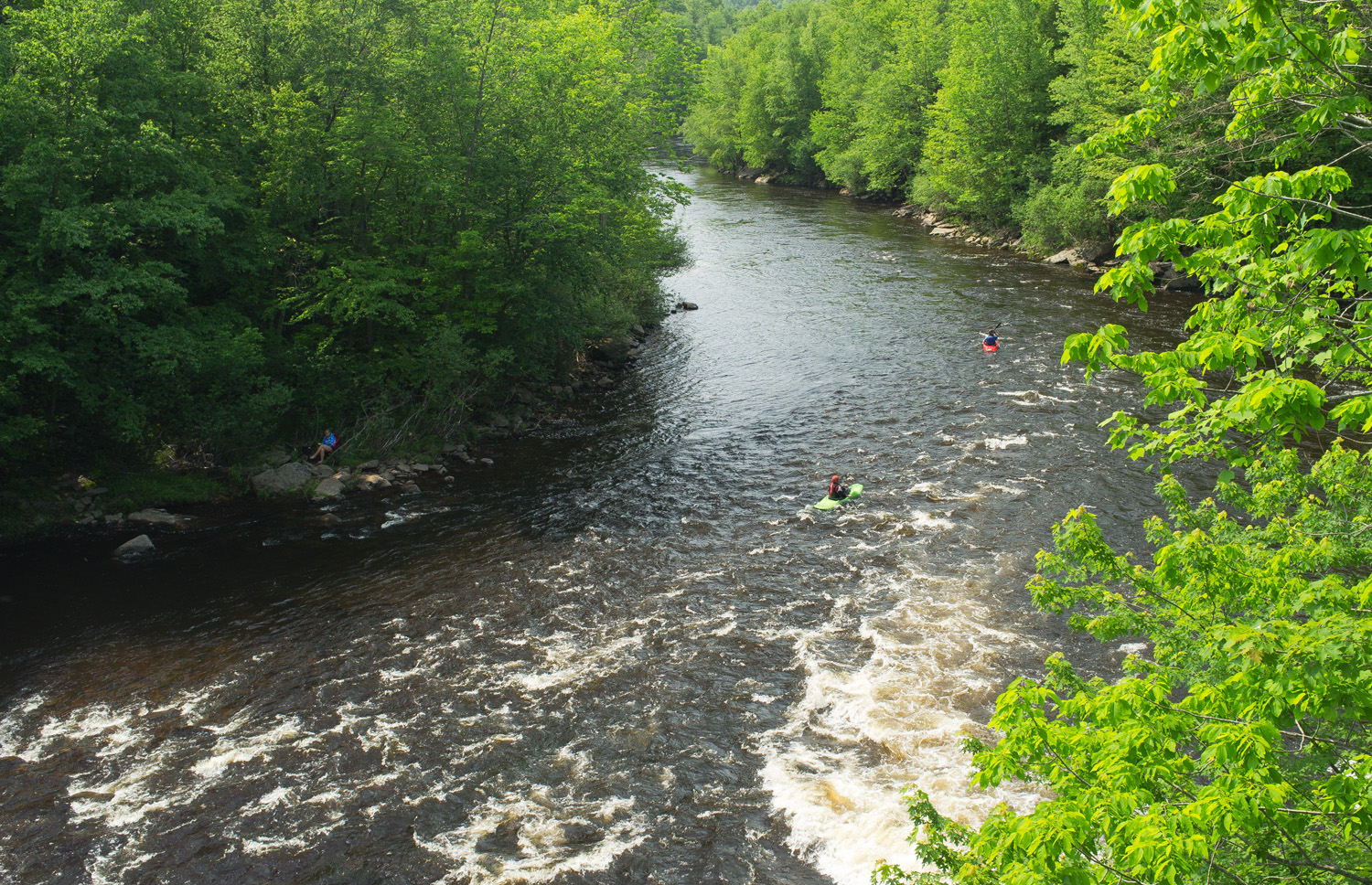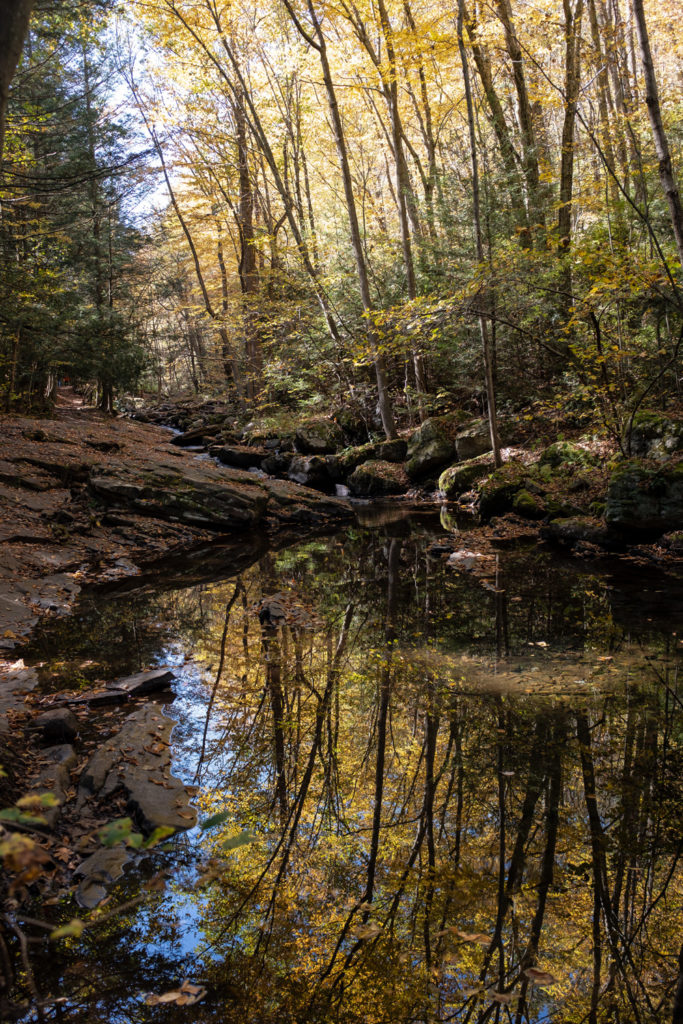
With the introduction of the Fujifilm x100V, those of us with its predecessor, the F model, are faced with a dilemma. Are the improvements to the new camera, which was already a wonderful instrument for photography, so compelling to prompt an upgrade? And if so, what should be the timing, given the trade-in value of our current gear. As I tend to over-analyze things, I have been reading the reviews and trying to decide.
The “V” model indicates the fifth X 100 model in the series. Fujifilm finally (at least for me) finally divulged the code for the various random letters they have assigned to previous models. It turns out “S” stood for second, “T” for third, and “F” for fourth (did everyone else know this?). Now they have apparently decided to go for Roman numerals.
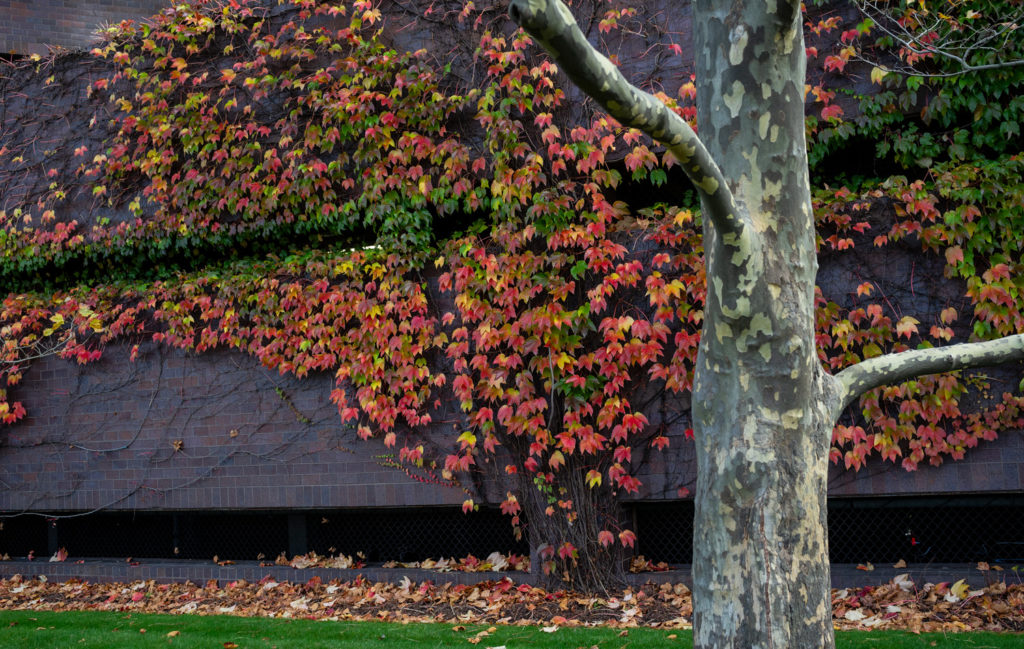
The new camera has several compelling upgrades. Most importantly to me would be a new lens. It is still 23 mm and f2.0 but redesigned to improve overall sharpness, particularly wide open. From the comparison images that I am seeing online, they appear to have succeeded. Happily, my investment in the lens converters for my previous cameras is not lost as they also work on the new lens.
There is apparently a new aluminum/magnesium body that by all accounts improve the aesthetics of the body. More importantly, there is now, weather sealing everywhere but at the lens, which requires the optional filter adapter and a filter to render the camera impervious to dust and water splashes. Bravo Fuji.

There is now a four, rather than three-stop neutral density filter built-in. This will make the camera even more versatile for moving water images.
As always there are changes in the optical viewfinder and increased resolution for the electronic viewfinder and the rear LCD which now can pivot up and down. This was cleverly accomplished without significantly changing the camera’s trim dimensions.
Autofocus is also said to be improved, which seems to happen with each new iteration. This is always welcome.
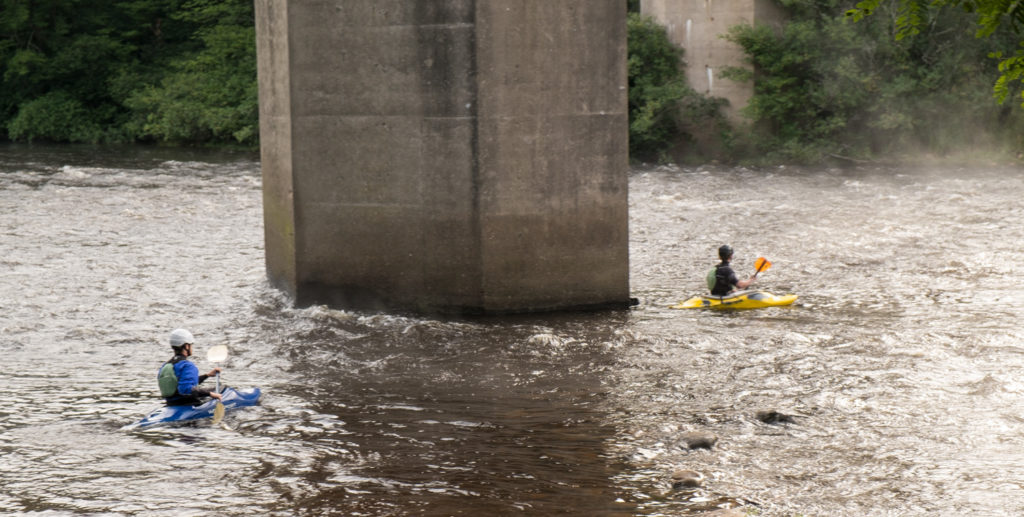
Probably least important to me is the new 26 megapixel Trans-X 4 sensor. Though there is a slight increase in resolution, I have not been able to detect in the available raw files, much improvement in image quality with this sensor. Things are no worse, however.
So far I have fallen for every new upgrade of the X 100. Will this be the same?
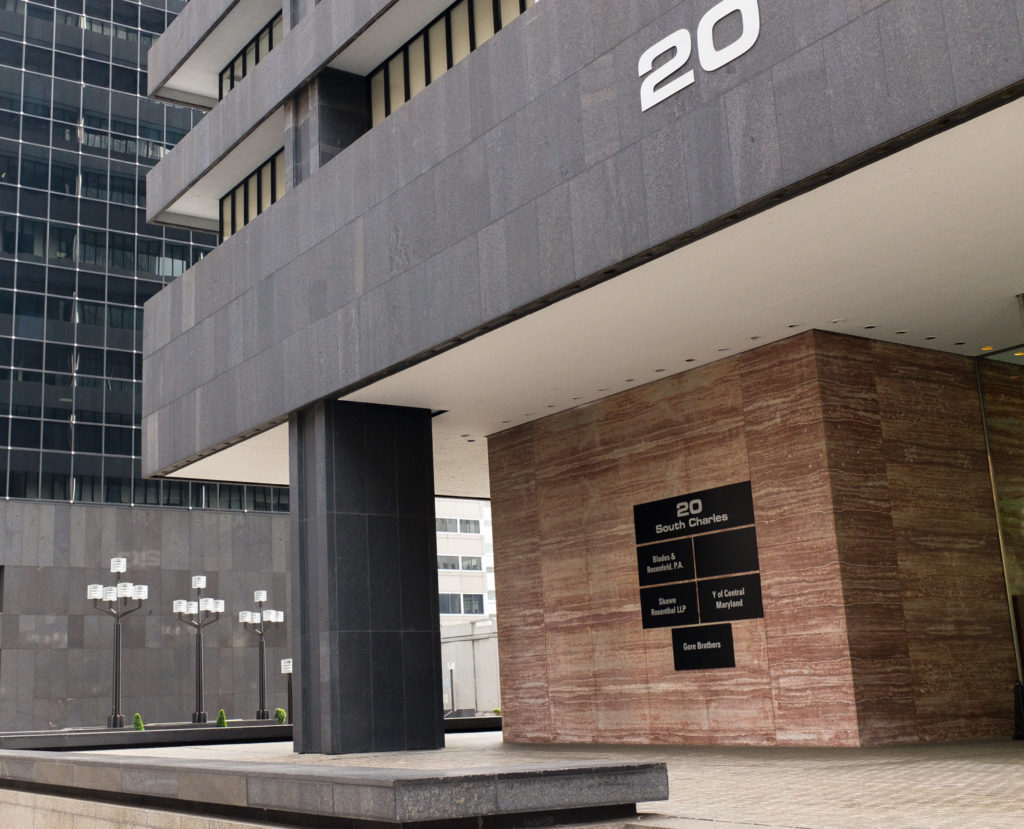
After some thought, have reached the following conclusion:
First off, this is my most commonly used camera. Since I tend to shoot more images with the X 100 family of cameras than anything else I own, an improved version is more compelling than for my other equipment (my Nikon 800E, which I rarely use, is two generations old)
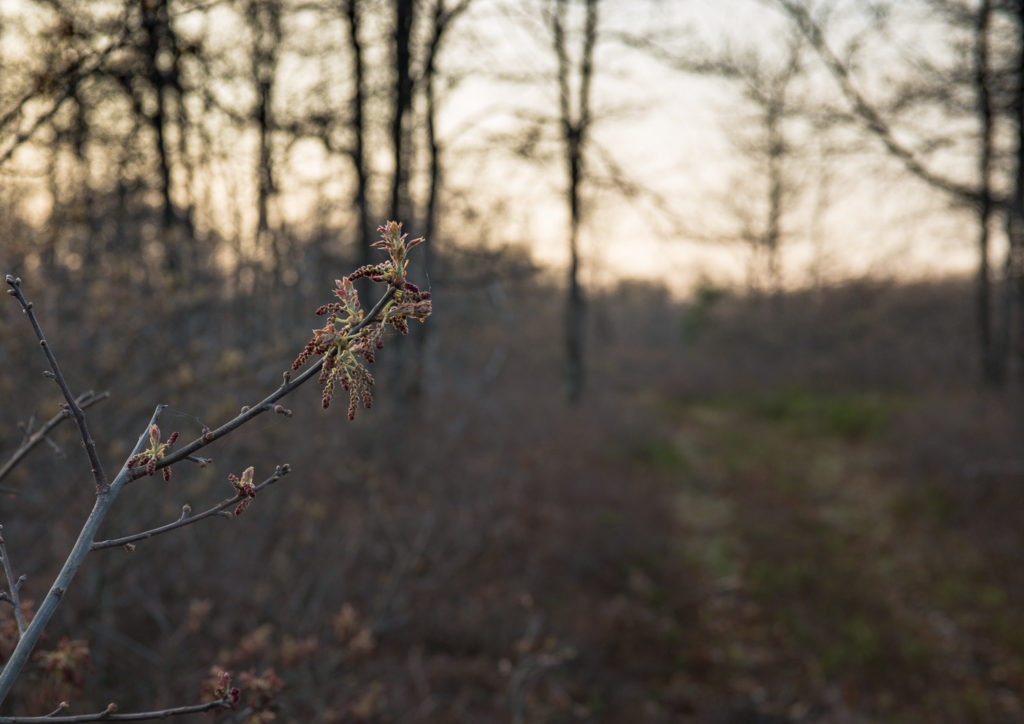
I have not for instance upgraded my X Pro 2 because it functions beautifully for me, and the major improvement; namely the sensor and unusual tilting view screen are not that compelling to me. Plus if Fujifilm improves its lens lineup, this can always be applied to this interchangeable lens body.
With the X 100V, the lens improvement to me is its most compelling feature. Now I could just shoot my X E3 with the 23 mm F2 .0 lens this combination is probably optically superior yet, and is not a lot larger than the X100. But between you and me it’s not the same. For instance, the X E3 lacks the incredibly quiet leaf shutter found in the X 100 series which facilitates discrete candid photography.
As I use this camera for street and event shooting, the tilting screen will be an important improvement allowing me to more conveniently shoot from below the waist and overhead.
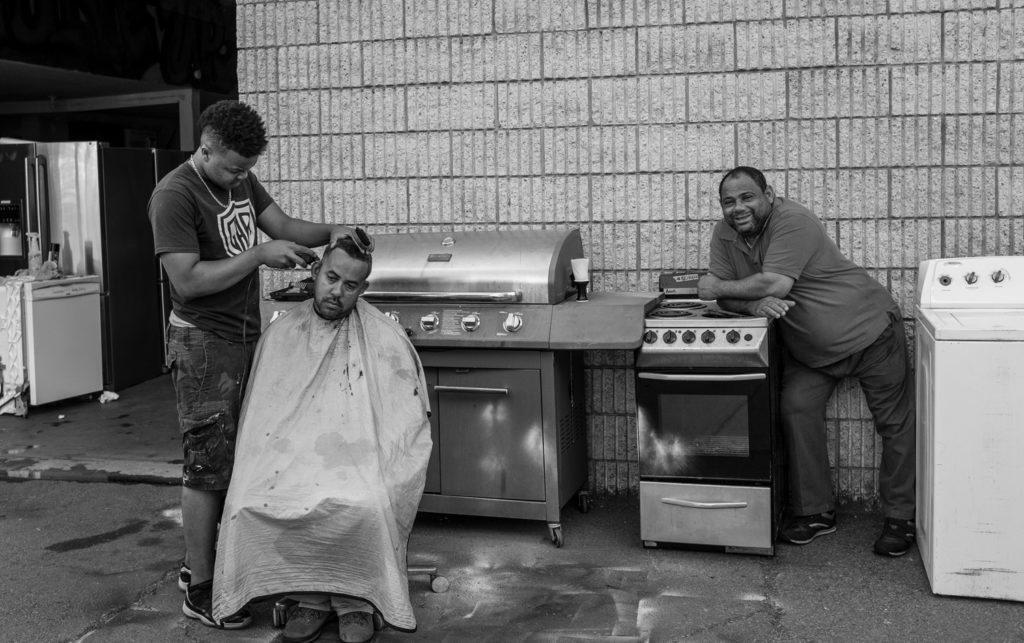
So it’s obvious I intend to move forward with this. I’m not sure whether to buy it once it is released or to wait, perhaps for a price drop. I’m pretty sure this is unlikely to happen in less than a year unless the camera’s sales disappoint. I’m pretty sure that won’t happen however given the number of used X 100F’s already appearing on eBay.
It appears that my current camera may be added to those listings.

